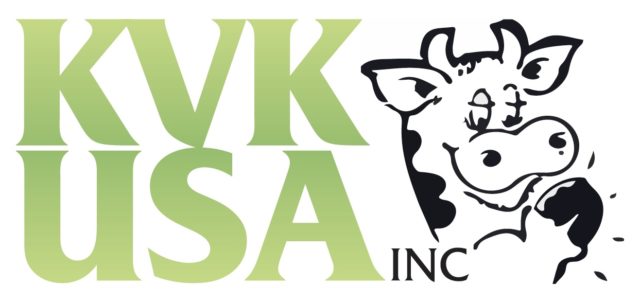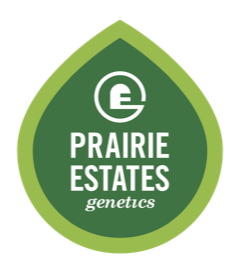Dehydration in calves experiencing scours is often underestimated. A scouring calf can lose anywhere between 5 to 10% of its body weight in water within one day. Dr. Jennifer Trout, Cargill Western U.S. Calf and Heifer Technical Pro, offers her insight on properly diagnosing and rehydrating scouring calves.
“Shortly after I finished vet school, I was talking with my father who was having a hard time getting his scouring calves back to good health. I offered some advice I had learned about dehydration in calves experiencing diarrhea and recommended that his 80-pound calves would need 10% of their body weight in fluids to correct their dehydration. He automatically thought that was too much but came around to trying it. Implementing my recommendations, he has seen faster turn arounds for his scouring calves.”
1. How to assess dehydration
| Dehydration % | Demeanor | Sunken Eyes | Skin Elasticity | Treatment |
| <5% | Normal | None | <1 sec. | None |
| 6 - 8% | Slight depression | 2 – 4 millimeters | 1 – 2 sec. | Oral |
| 8 - 10% | Depressed | 4 – 6 millimeters | 2 – 5 sec. | IV Fluids |
| 10 - 12% | Unable to stand | 6 – 8 millimeters | 5 – 10 sec. | IV Fluids |
| >12% | Unresponsive or comatose | 8 – 12 millimeters | >10 sec. | IV Fluids* |
*Calf may be too dehydrated for fluid correction via IV therapy.
Dehydration % – Percent of water loss relative to total body weight. Use this percent to calculate the amount of electrolyte solution for dehydrated calf.
Demeanor – Calf’s appearance and reaction to feeding and stimulation. Calves start to lose energy, become lethargic, and show signs of depression at 8% dehydration.
Sunken Eyes – This is also known as enophthalmos and is often an early sign that calves are ill. To assess, pull down the lower eyelid and measure the gap at the inner corner of the eye from the eyelid.
Skin Elasticity – To measure, pinch a fold of skin on the side of the neck and rotate it 90 degrees. You will record the amount of time for the skinfold to disappear. If this fold disappears in 2 – 5 seconds, the calf is between 8 and 10% dehydrated and so forth.
Oral Treatment – Provide electrolytes in the morning in addition to their meal. Also, leave a bottle in between feedings and feed another bottle at night in addition to their meal.
IV Treatment – When a calf is 8 – 10% dehydrated, and has a poor or no suckling reflex, give fluids subcutaneous or with an IV. Consult with your veterinarian about treatment.
2. Calculating how much fluid
“Don’t underestimate how much fluid calves need to rehydrate. Use the dehydration % you determined from above and the calf’s weight to calculate the amount of fluid they need.”
- Estimate the Dehydration %
- Use the equation (Weight x Dehydration %). To get the amount of solution in pounds for oral or IV therapy. To convert this number to quarts, divide by 2 (1 quart = 2 pounds).
- Feed to rehydrate multiple times a day and continue feeding milk.
Example:
“An 80-pound calf that has fluid diarrhea, no skin tenting and its eyes are slightly sunk. A 6% dehydration is estimated on this calf. That's 4.8 pounds (80 multiplied by .06) of lost fluid that needs to be replenished. A quart of electrolytes weighs two pounds. This calf needs about 2 1/2 quarts (4.8 divided by 2) of electrolytes to correct its dehydration alone.”
Cargill’s technical specialists work directly with producers to understand their nutrition and business needs to feed their dairy dreams. Visit www.cargill.com/dairydreams to see how Cargill helps dairies thrive.




